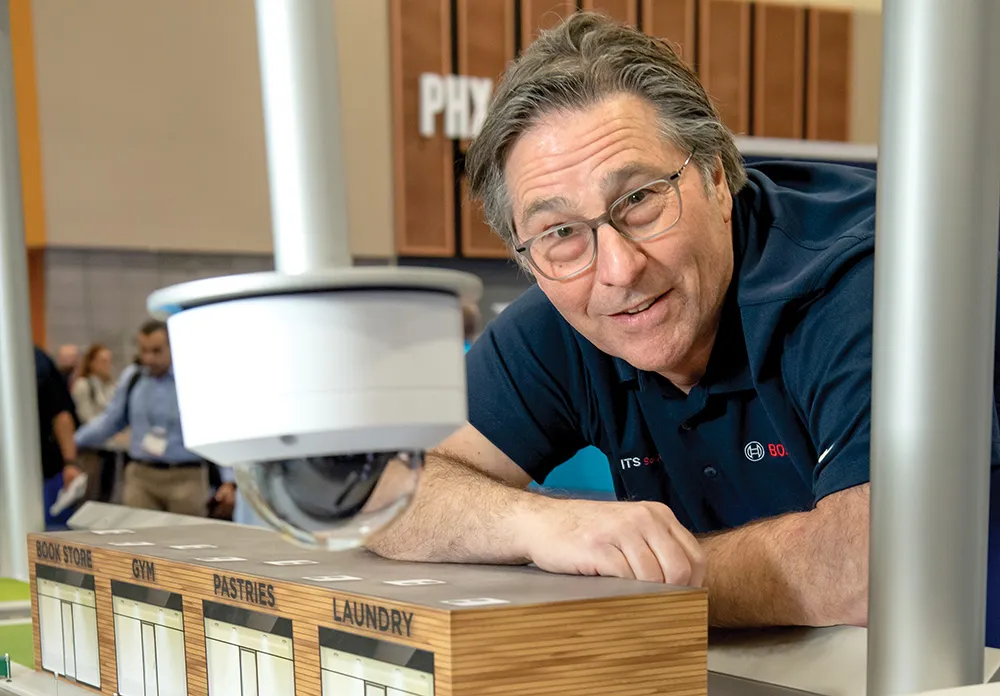US-headquartered WABCO has introduced what it says is the next step in advanced driver assistance systems with OnLane technology, a lane departure warning system (LDWS) for trucks and buses. OnLane increases vehicle safety by providing the driver with visual and acoustic warnings or an optional seat-vibration warning, in case of unintentional lane departure, which is one of the most common causes of accidents involving commercial vehicles. OnLane integrates a camera and an electronic control unit into a sin
December 3, 2012
Read time: 1 min
US-headquartered 4319 Wabco has introduced what it says is the next step in advanced driver assistance systems with OnLane technology, a lane departure warning system (LDWS) for trucks and buses.
OnLane increases vehicle safety by providing the driver with visual and acoustic warnings or an optional seat-vibration warning, in case of unintentional lane departure, which is one of the most common causes of accidents involving commercial vehicles. OnLane integrates a camera and an electronic control unit into a single, compact box and can be mounted at the top or bottom of the vehicle’s windshield. OnLane is fully compliant with the1816 European Union’s regulation that requires LDWS on new trucks and buses as of November 2013.
OnLane increases vehicle safety by providing the driver with visual and acoustic warnings or an optional seat-vibration warning, in case of unintentional lane departure, which is one of the most common causes of accidents involving commercial vehicles. OnLane integrates a camera and an electronic control unit into a single, compact box and can be mounted at the top or bottom of the vehicle’s windshield. OnLane is fully compliant with the









